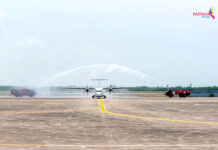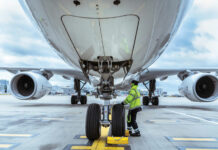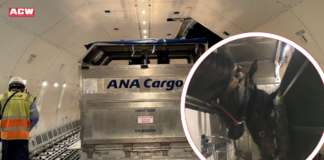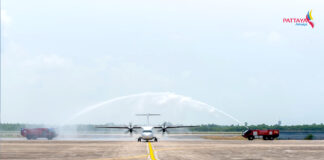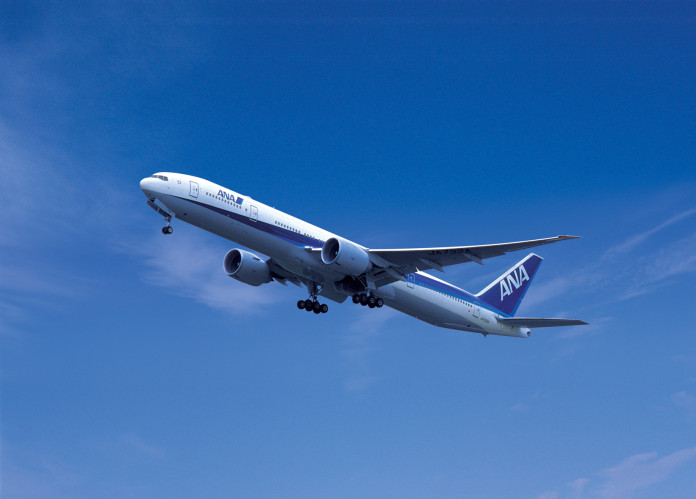

Japanese airfreight received a boost of seven per cent from January to August, helped by the US increasing by 28 per cent, Lufthansa Cargo director for Japan and Korea, Michael Stoermer tells Air Cargo Week (ACW).
Stoermer explains to ACW that the US West coast port seaport strike at the end of 2014 into the beginning of 2015 resulted in very strong trans-Pacific demand, particularly from the automotive manufacturing sector. Growth slowed again from the end of March once the port strike finished and the situation calmed down.
He tells ACW: “In 2015 the main goods carried by airfreight were and are products related to the automotive industry. Especially during the US harbour strike most Japanese carmakers had to supply their US factories by airfreight to avoid a stop in production.”
He says the automotive industry is of increasing importance to Japanese airfreight. “Automotive in general has become the strongest supporter of the airfreight industry. Especially batteries and electronics from Japan have become essential parts of all carmakers worldwide and thus replaced electronics as [the] leading industry.”
On other routes, Stoermer says South American trade has increased by 11 per cent, Europe is up eight per cent and Africa by three per cent. Asia Pacific has seen a dip of one per cent while the Middle East is down by five per cent.
Stoermer tells ACW: “The slight decrease to Asian destinations is mainly based on the declining volumes to Korea and China. The strongest growth to Europe was noticed on routes to Germany.”
For the rest of the year, Stoermer says: “We do expect a reasonable growth until the end of the year. Traditionally we always had a good last quarter to Europe, which can be expected again during the remaining weeks of 2015.”
In December 2014, Lufthansa Cargo started its joint venture with All Nippon Airways (ANA) Cargo. The carriers started the partnership on Japan to Europe services before offering it between Europe and Japan. ANA started services to Brussels from 25 October.
Stoermer tells ACW: “Daily services with a Boeing 787 will offer a total weekly capacity of about 120 tonnes to a central European destination with a huge catchment area.”
Stoermer says Lufthansa is seeing competition from Chinese and Middle Eastern carriers but thinks its reliability quality creates loyalty with Japanese customers.
He tells ACW: “Our biggest challenge in Japan these days is the growing capacity of passenger flights of Chinese and Middle East carriers, which consider airfreight only as a contributor to cover operational costs rather than covering all related costs plus a minor margin as base of their offer.”
Stoermer continues: “Even with such a tough competition the Japanese customers still insist on high quality and a reliable network. In this regard Lufthansa Cargo is treated [as] a long term partner of shippers and forwarders, which supports us to maintain our market position and even increase our market share.”
Lufthansa Cargo looks set to continue being a key player in the Japanese market.


